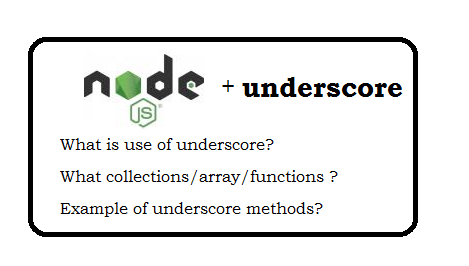Question: What is Heroku?
Heroku is a cloud "platform as a service (PaaS)" supporting several programming languages that is used as a web application.
Question: Can we deploy the PHP Project in Heroku?
Yes, you can do. You can even deploy Java, nodeJs, Python and Go project also.
Question: What other programming language it support?
Ruby programming Java Node.js Scala Clojure Python PHP Go
Question:How many Apps created on Heroku?
13 million.
Question:How many services Heroku have?
150+ Add-on Services
Question: Is Heroku secure?
Yes, It is.
Question: What Heroku does?
Heroku is a platform for data as well as apps - providing a secure, scalable database-as-a-service.
It is million of developers tools like database followers, forking, dataclips and automated health checks.
Question: What is offical website of heroku?
https://www.heroku.com/
Question: What are the steps to configure PHP Project?
- Introduction: Installed PHP, composer locally.
- Set up:
a) Download the heroku CLI.
b) Installed the CLI with Git.
c) Login with heroku account. - Prepare the app
- Deploy the app
- View logs
- Define a Procfile
- Scale the app
- Declare app dependencies
- Push local changes
- Provision add-ons
- Start an interactive shell
- Define config vars
- Provision a database

